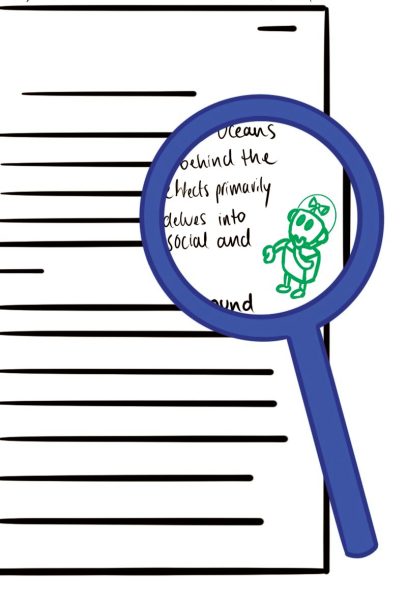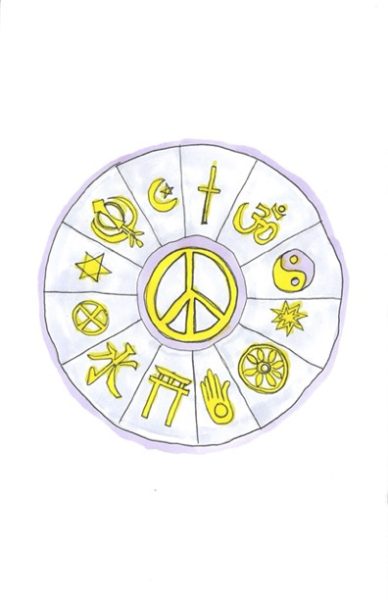Opinion: We need to re-examine our perspective on art
March 9, 2020
By: Sabelo Jupiter
When was the last time you saw beauty in something insignificant? More importantly, when was the last time you saw beauty in anything at all?
We live in a pessimistic culture, one that dismisses romantic emotion as either delusional or illegitimate. Apathetic behaviour gets compared to stoicism, spirituality becomes conflated as unscientific and life devoid of meaning gets confused for reality.
Maybe the question isn’t “When was the last time you saw beauty in something insignificant?” Maybe it’s “When was the last time you saw beauty without rejecting it?”
No wonder our culture has a fervent dismissal of art outside convention. Consistently, anything remotely conceptual, postmodern or abstract is immediately suspected of being some kind of scam.
And who could blame us? With the exuberant amount of dishonesty and fraudulence that plagues the world we live in, how can we trust a movement that sells significance in splotches of paint and everyday objects?
This leads us to belly laugh at the idea that emotion could be conveyed through formless lines or colors, and we take pride in ourselves for not being “scammed” into seeing beauty in anything we don’t deem as deserving.
It’s incredible the anger that is elicited when we are dared to appreciate anything commonly deemed as mundane, such as a water bottle.
Have we ever wondered what impact this philosophy has on our everyday life? Think of a world where we don’t need context to appreciate a sunset, and can find aesthetic pleasure in anything from a Campbell’s can to the feeling of a cool winter breeze.
Does this sound corny to you? Does it make you uncomfortable?
Let us then take a step back from the common anxieties and presumptions we might have regarding artwork that is nonconventional. Let us take a second to ask ourselves what benefit we gain from post-structural rejection and possibly hear out a different perspective.
Abstract and conceptual art challenges us to accept all beauty that we see in the world. To appreciate the formless, the nuanced and the symbolic. It could be a recapitulation of reality, an attempt to portray pure human emotion, or a new perspective on some ordinary element of the world.
To quote Talismanist Giebra, an artist in her own right, “Life is an abstract art, and it’s up to you to make sense of it.”
And that’s really the point. At the end of the day, it does not matter what Cy Twombly’s intentions were when etching different colored lines on a blasé surface, but maybe after seeing something like that on display in a museum, one’s perspective on the formless might change and extend to other areas of life.
Robert Smithson took the philosophy of appreciating the world even further through the medium of conceptual, postmodern art. His pieces stop attempting to represent the beauty of the world and instead flip the concept, using the world to represent beauty. He would either alter large, 200 mile areas of land or take ready-made shacks from the middle of nowhere, fill them with sand, and put them in a museum in the middle of a city. His art fully engaged in the idea of boldness, forcing one to look at the Earth more as an art piece than a than an art house.
Maybe, after all of this, I have not convinced you. If so, that’s fine. Everything is not necessarily for everyone. But at least be aware of the effect the abstract/conceptual has had on our culture, because a conceptual lamp on display at the Louvre inspired an entire album by Kanye West, an abstract painting by Francis Bacon inspired Chris Nolan’s redesign for the Joker in The Dark Night, and a painting hanging on the first floor of the Loyola library inspired this very article. See if you can spot it next time you’re there.

















